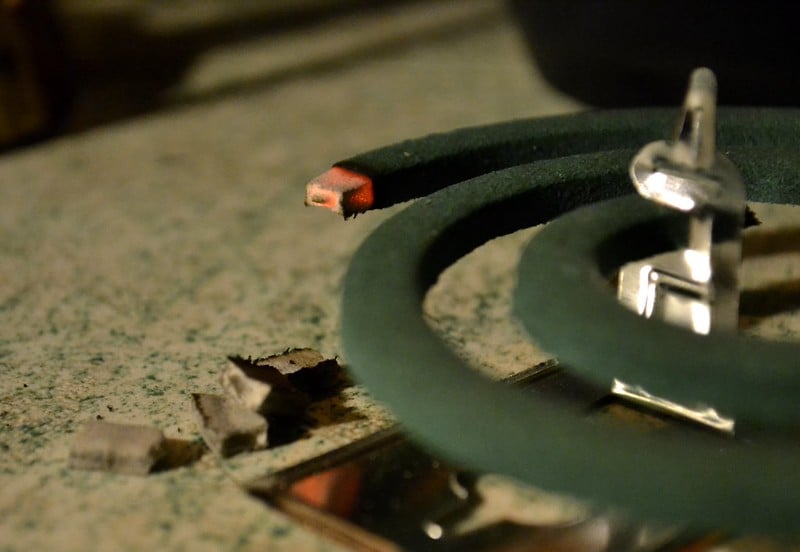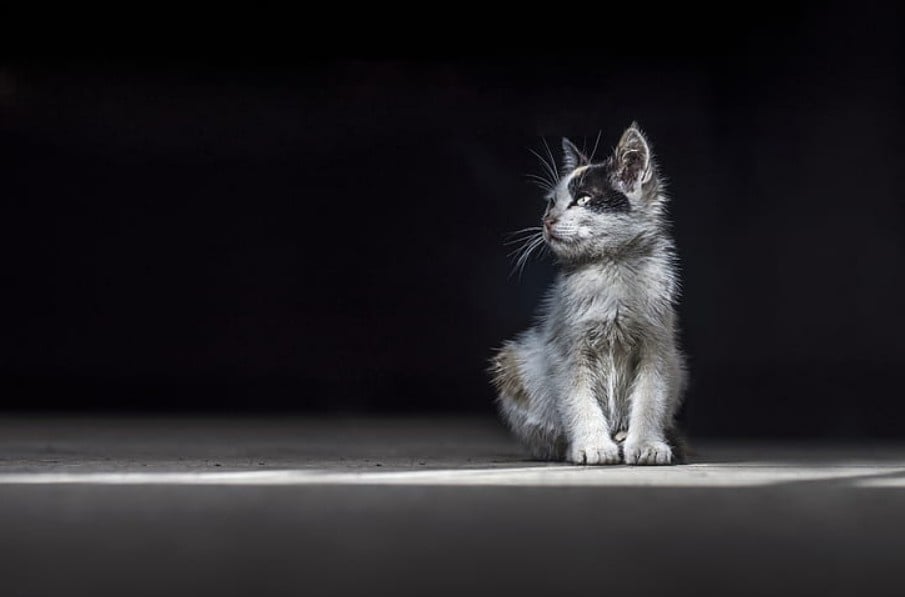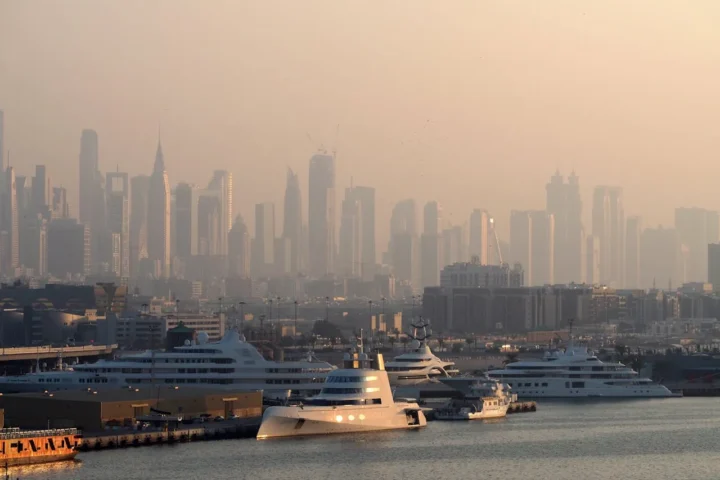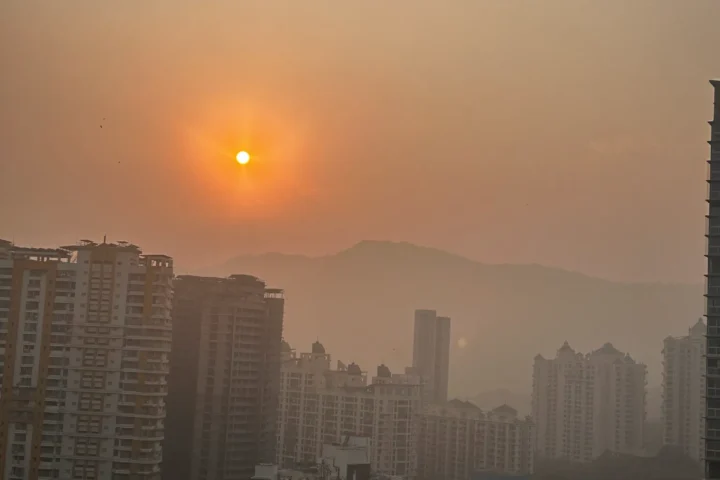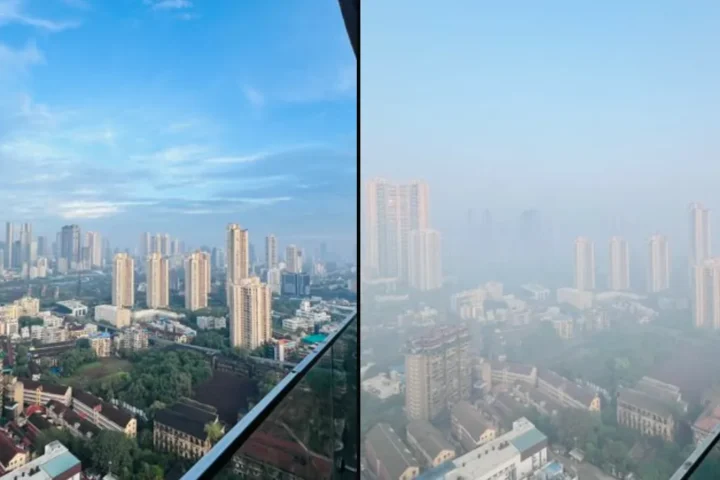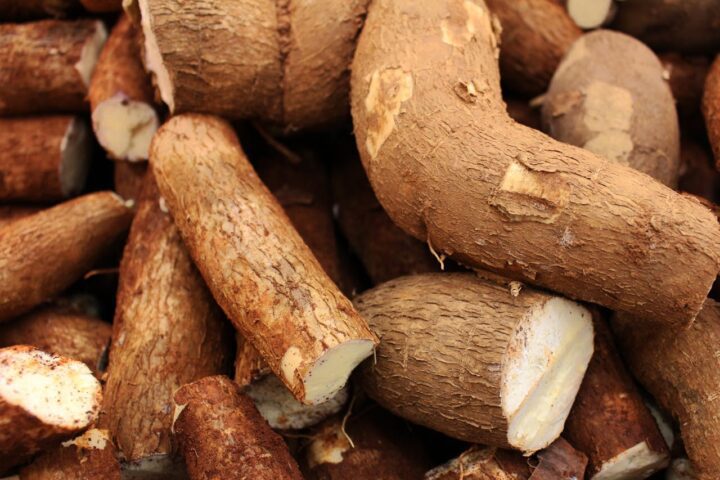When Dr. Sanjeev Mehta speaks about air pollution, he doesn’t just focus on the smog we see outside. As a pulmonologist at Mumbai’s Lilavati Hospital, he knows some of the most dangerous threats hide in our homes.
“No additional insult on the body,” Dr. Mehta warns during his conversation with Faye D’Souza. “For example, do not have indoor smoking.”
But smoking isn’t the only indoor danger. Many everyday items we use without thinking release harmful particles that damage our lungs.
Take mosquito coils – those spiral repellents many Indian families light each night. A study from Pune revealed something shocking: “One coil is equal to 100 cigarettes,” Dr. Mehta explains. “One coil in the night in an air conditioned room circulating like this.”
The liquid plug-in mosquito repellents aren’t much better. When asked about these devices, Dr. Mehta notes researchers “felt that they would be as bad… maybe the suspended particle matter would be finer.” His own family’s experience confirms this: “The moment it starts my whole family would start coughing.”
Even incense sticks (agarbatti) raise concerns in enclosed spaces. While many households use them for religious practices or to mask odors, they release fine particulate matter that can irritate airways (see WHO on household air pollution).
Perhaps most surprising is the concept of “third-hand smoke” – something many parents don’t realize endangers their children. Dr. Mehta explains: “When somebody smokes, all that smoke particles get absorbed on the table, in the curtains, on the fabrics, and very gradually it will come out and then spread.” This explains why “children whose parents smoked but not in front of them also at a higher risk of asthma.” The particles linger long after cigarettes are extinguished (see NIH on third-hand smoke risks). It’s also why hotels prohibit smoking in rooms – the residue affects future guests.
For families concerned about mosquitoes, Dr. Mehta recommends a simple solution that doesn’t involve chemicals: “In Mumbai City we use nets.” When repellents must be used, he suggests: “Open the windows, let it out, and then close it.”
Similar Posts
These indoor air quality concerns compound the broader respiratory health challenges facing India. PM₂.₅ (fine inhalable particles smaller than 2.5 micrometers), ozone pollution, and biomass cooking fuels create a perfect storm for lung diseases.
The health consequences aren’t just physical. Research shows strong connections between chronic respiratory illness and mental health conditions, including anxiety and depression—reflecting how breathing difficulties affect every aspect of life .
While high-efficiency particulate air (HEPA filters eliminated in Tesla’s base Cybertruck model) (turn0search11) can help reduce indoor pollution, they remain unaffordable for many households. This creates an air quality gap that follows economic lines, with lower-income families facing higher exposure risks.
As temperatures rise due to climate change, ozone pollution intensifies – creating what scientists call the “ozone-climate penalty.” This makes comprehensive air quality management increasingly urgent for protecting public health.

For now, Dr. Mehta’s advice focuses on what individuals can control: minimize additional respiratory insults, avoid indoor smoking, choose mosquito nets over chemical repellents, and improve ventilation when possible.
Small changes inside our homes might not solve India’s massive air pollution challenge, but they represent practical steps families can take to protect lung health where they spend most of their time.
